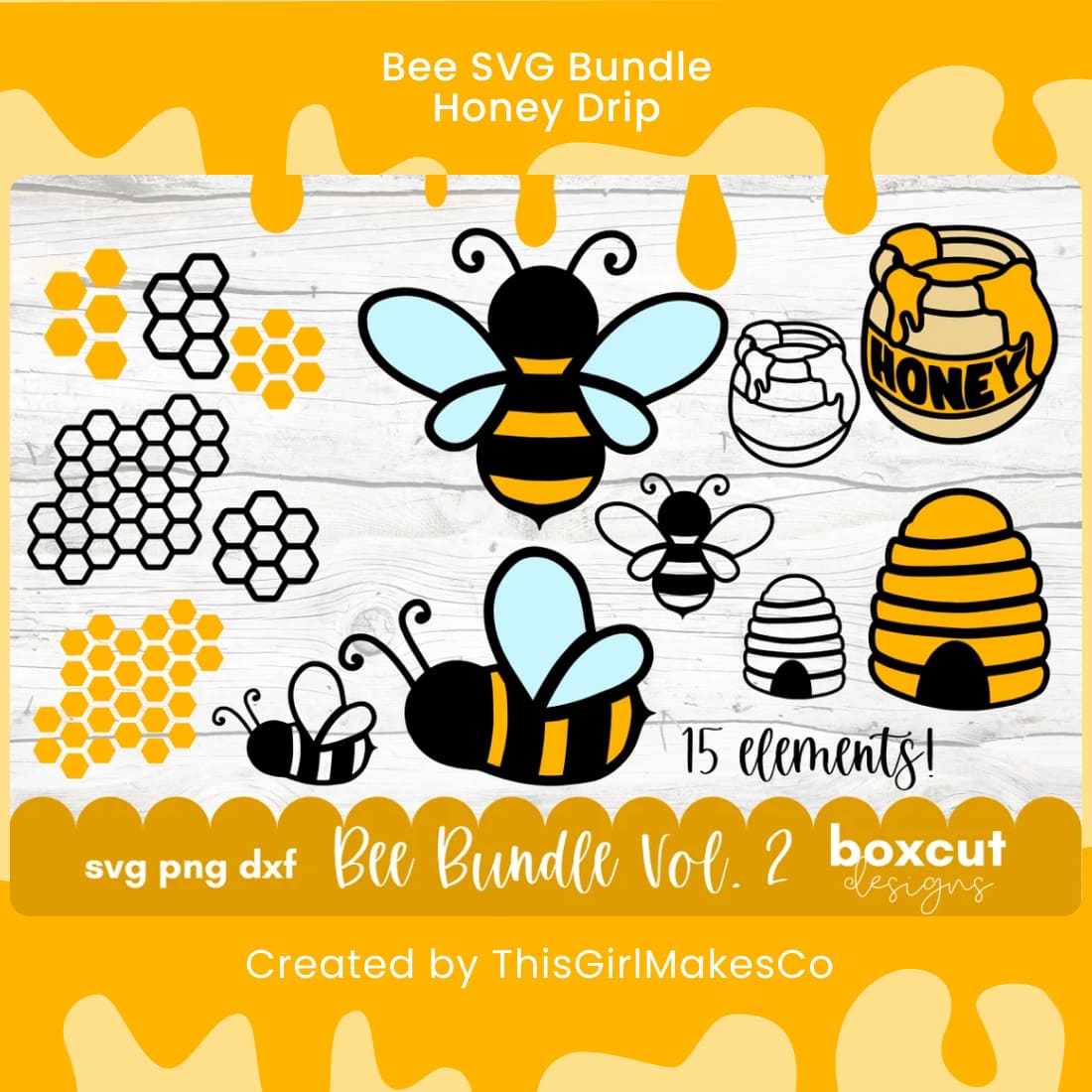Welcome to our exploration of the delightful world of Honeycomb SVG! In this digital age where creativity knows no bounds, Honeycomb SVG offers a sweet treat for designers and creators alike. Whether you're a seasoned graphic artist or a budding enthusiast, the intricacies of Honeycomb SVG can open up a world of possibilities in your design journey.
With Honeycomb SVG, you can unlock a treasure trove of possibilities to enhance your projects without breaking the bank. Honeycomb Pattern Svg of Honeycomb SVG lies in its versatility and accessibility - providing both a visually appealing aesthetic and a cost-effective solution for incorporating dynamic elements into your creations. Let's delve deeper into the world of Honeycomb SVG and unlock the secrets to crafting engaging designs that captivate and inspire.
Advantages of Honeycomb SVG
Honeycomb SVG offers a plethora of benefits for developers and designers alike. One key advantage is its scalability, allowing the graphic to be resized without compromising quality or clarity. This flexibility ensures seamless integration into various digital platforms and devices.
Another advantage of using Honeycomb SVG is its efficiency in terms of file size. The SVG format is lightweight, making it ideal for web applications where loading speed is crucial. This results in faster website performance and improved user experience.
Additionally, Honeycomb SVG supports animation and interactivity, enhancing the visual appeal and engagement of a website or application. This versatility enables developers to create dynamic and engaging graphics that capture the attention of users.
How to Use Honeycomb SVG
To utilize Honeycomb SVG in your projects, start by downloading the desired free SVG file from a reputable source. Once downloaded, you can insert the SVG code directly into your HTML document using the tag. Make sure to specify the width and height attributes to ensure proper scaling of the honeycomb graphic.
For customization purposes, you can adjust the colors, stroke width, and other visual properties of the Honeycomb SVG by modifying the corresponding attributes within the SVG code. This allows you to seamlessly integrate the honeycomb design into your website or application while maintaining a cohesive visual identity.
Lastly, remember to test the responsiveness of the Honeycomb SVG across different devices and screen sizes. You can achieve this by employing CSS media queries or inline styling to ensure that the honeycomb graphic displays correctly and adapts fluidly to various viewing environments.

Best Practices for Honeycomb SVG
Starting with a clean and optimized SVG structure is crucial for creating high-quality honeycomb SVG graphics. This involves organizing your code effectively, using grouping elements like tags to group related shapes together, and employing best practices such as minimizing unnecessary attributes and maintaining a consistent naming convention throughout your SVG file.
When designing honeycomb SVG graphics, it's important to keep file sizes in check to ensure optimal performance. Honeycomb Svg can achieve this by removing any redundant or unused elements, optimizing the SVG code by hand if needed, and utilizing tools like SVGO to further reduce file size without compromising quality. Remember that smaller file sizes lead to faster loading times and better overall user experience.
Lastly, when incorporating interactive elements into your honeycomb SVG designs, make sure to adhere to accessibility guidelines and ensure that your SVG graphics are fully responsive across different devices and screen sizes. By implementing Honeycomb Silhouette Svg and testing for accessibility, you can create honeycomb SVGs that are not only visually appealing but also user-friendly and inclusive.
